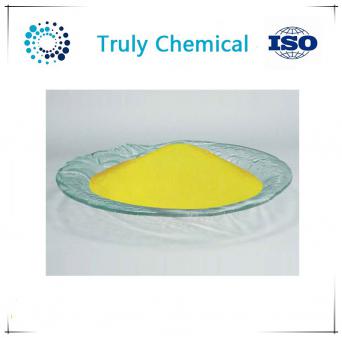Product:Uracil
CAS NO:66-22-8
Uracil 66-22-8 Package:25 kg drum or bag
Uracil 66-22-8 Structure:

Uracil 66-22-8 Specs:
Appearance:White or almost white crystalline powder
Melting Range>300℃
Loss on drying≤0.5%
Residue on ignition≤0.10%
Heavy Metals≤10ppm
Chloride≤0.01%
Sulphate≤0.04%
Purity ( HPLC)≥99.0%
Uracil 66-22-8 Application:
Uracil (U) is one of the four nucleobases in the nucleic acid of RNA that are represented by the letters A, G, C and U. The others are adenine (A), cytosine (C), and guanine (G). In RNA, uracil binds to adenine via two hydrogen bonds. In DNA, the uracil nucleobase is replaced by thymine. Uracil is a demethylated form of thymine.
Uracil is a common and naturally occurring pyrimidine derivative. The name "uracil" was coined in 1885 by the German chemist Robert Behrend, who was attempting to synthesize derivatives of uric acid. Originally discovered in 1900 by Alberto Ascoli, it was isolated by hydrolysis of yeast nuclein; it was also found in bovine thymus and spleen, herring sperm, and wheat germ. It is a planar, unsaturated compound that has the ability to absorb light.
Based on 12C/13C isotopic ratios of organic compounds found in the Murchison meteorite, it is believed that uracil, xanthine and related molecules can also be formed extraterrestrially.
In 2012, an analysis of data from the Cassini mission orbiting in the Saturn system showed that Titan's surface composition may include uracil.
Uracil 66-22-8 Synthesis Route:

Related Products:139-07-1,CAS 60-12-8,507-20-0,90-64-2,heptane 142-82-5,25895-60-7,420-04-2,156-62-7.
